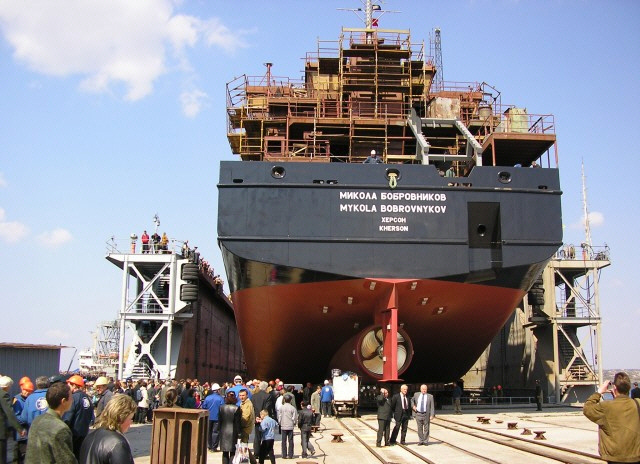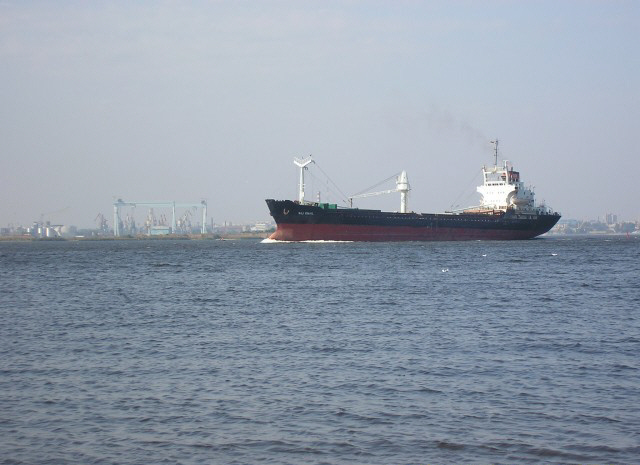

The Chernomorsky Shipbuilding Yard, founded in 1897, is one of the largest shipyards in Europe. The yard has built a variety of vessels in its history, including cruisers, destroyers, submarines, icebreakers, tankers, cargo ships, trawlers, research vessels, and aircraft carriers. It has built more than a thousand different vessels and ships and installed them with thousands of machines, mechanisms, boilers, and shipboard equipment units also manufactured there. The shipyard's glory and pride are battleships and cruisers, as well as the world's first submarine minelayer, the "Crab".
Scientific and technological standards of military and civil shipbuilding contributed to the high international prestige of the Chernomorsky shipyard. Its production has been exported to Sweden, Bulgaria, Finland, Romania, Great Britain, Germany, Portugal, Kuwait, Norway, and India. The main types of exported vessels are tankers of up to 45,000 dwt, smaller multi-purpose ships of 5,000 dwt and refrigerated trawlers.
Chernomorsky Shipbuilding Yard made famous vessels, such as "Moskva", "Leningrad", "Kiev", "Minsk", "Novorossiysk", "Tbilisi", "Baku" and the most powerful fighting ship for the Russian Navy, the heavy aircraft-carrying cruiser "Admiral Kuznetsov". Dynamic development of construction of these heavy aircraft-carrying ships required new technologies that were developed by the Chernomorsky shipbuilding yard.
The yard's largest slipway is 1,082.6 ft. (330 m) long and 131.2 ft. (40 m) wide and has two cranes of 900-ton lifting capacity which are able to handle sections of more than 1,500 tons. The main parts of the shipyard include: the slipway workshop, the outfitting workshop, the plating workshop, and the workshop for assembly and welding of flat and volumetric sections. The assembly and welding workshop is designed to fabricate volumetric block-sections up to 180 tons, which during manufacturing are outfitted with welded parts and pipelines in double bottom and double side compartments. Modern technologies of metal cutting and welding, use of standard articles, improvements of dimensional accuracy, introduction of integrated automation lines, and module fitting-out of rooms, enable the shipyard to realize flexible methods of construction for any ship project and easily adapt to a clients' technical requirements.
